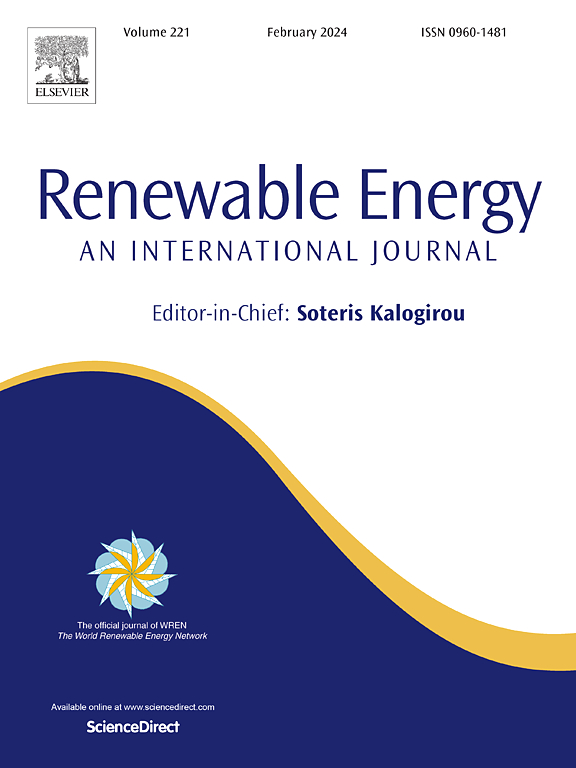裂纹网:基于电致发光图像的光伏板微裂纹检测方法
IF 9.1
1区 工程技术
Q1 ENERGY & FUELS
引用次数: 0
摘要
光伏板的微裂纹影响发电效率和系统安全。传统的检测方法受背景噪声和计算效率低等影响,无法准确识别形状复杂的缺陷。本文提出了一种基于变压器的语义分割模型CrackNet,用于检测电致发光图像中的微裂纹。我们设计了一个尺度感知的动态扩展注意(SDDA)机制,以提高模型检测局部细节和确定全局依赖关系的能力。我们结合了一个动态上采样算子(DySample),用点采样策略代替动态卷积,显著降低了计算复杂度,提高了处理速度。为了抑制网格线干扰,提高检测精度,提出了一种EL图像预处理方法。在自定义PV微裂纹数据集上的实验结果表明,CrackNet的平均相交度(mIoU)为80.45%,平均像素精度(mPA)为82.47%,显著优于U-Net和DeepLab v3+等主流模型。此外,与同类算法相比,CrackNet具有更高的参数效率(41.72 M)和计算性能(67.10 G FLOPs)。本文章由计算机程序翻译,如有差异,请以英文原文为准。
CrackNet: A transformer-based approach for detecting microcrack in photovoltaic panels based on electroluminescence images
Microcracks in photovoltaic (PV) panels affect power generation efficiency and system safety. Traditional detection methods cannot accurately identify defects with complex shapes due to background noise and low computational efficiency. This paper presents a transformer-based semantic segmentation model, CrackNet, for detecting microcracks in electroluminescence (EL) images. We design a scale-aware dynamic dilated attention (SDDA) mechanism to improve the model’s ability to detect local details and determine global dependencies. We incorporate a dynamic upsampling operator (DySample) to replace dynamic convolutions with a point-sampling strategy, significantly reducing computational complexity and improving processing speed. We propose a preprocessing method for EL images to suppress grid line interference and improve detection accuracy. Experimental results on a custom PV microcrack dataset show that CrackNet achieves an average intersection over union (mIoU) of 80.45% and mean pixel accuracy (mPA) of 82.47%, significantly outperforming mainstream models, such as U-Net and DeepLab v3+. Moreover, CrackNet has higher parameter efficiency (41.72 M parameters) and computational performance (67.10 G FLOPs) than similar algorithms.
求助全文
通过发布文献求助,成功后即可免费获取论文全文。
去求助
来源期刊

Renewable Energy
工程技术-能源与燃料
CiteScore
18.40
自引率
9.20%
发文量
1955
审稿时长
6.6 months
期刊介绍:
Renewable Energy journal is dedicated to advancing knowledge and disseminating insights on various topics and technologies within renewable energy systems and components. Our mission is to support researchers, engineers, economists, manufacturers, NGOs, associations, and societies in staying updated on new developments in their respective fields and applying alternative energy solutions to current practices.
As an international, multidisciplinary journal in renewable energy engineering and research, we strive to be a premier peer-reviewed platform and a trusted source of original research and reviews in the field of renewable energy. Join us in our endeavor to drive innovation and progress in sustainable energy solutions.
 求助内容:
求助内容: 应助结果提醒方式:
应助结果提醒方式:


